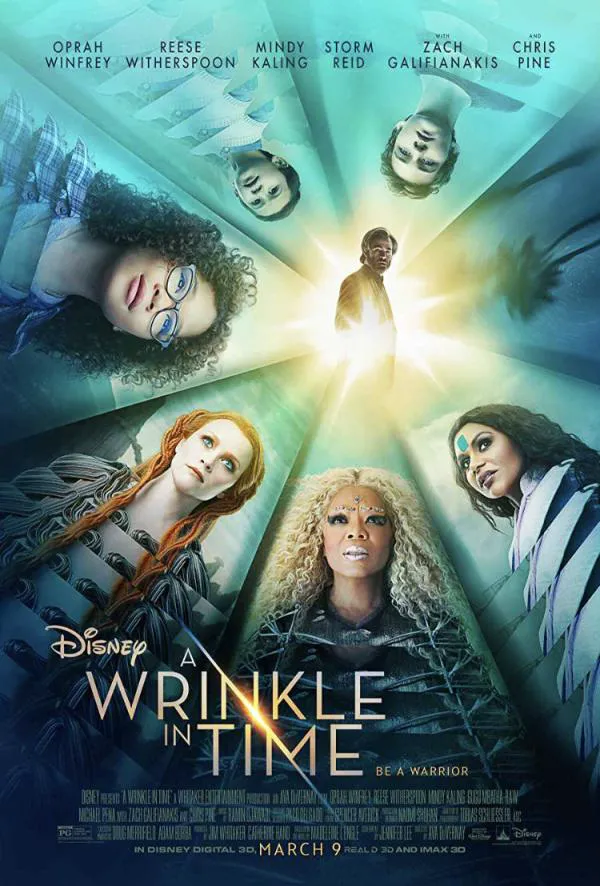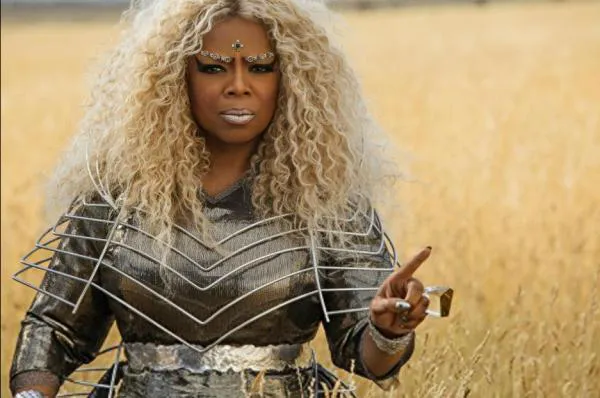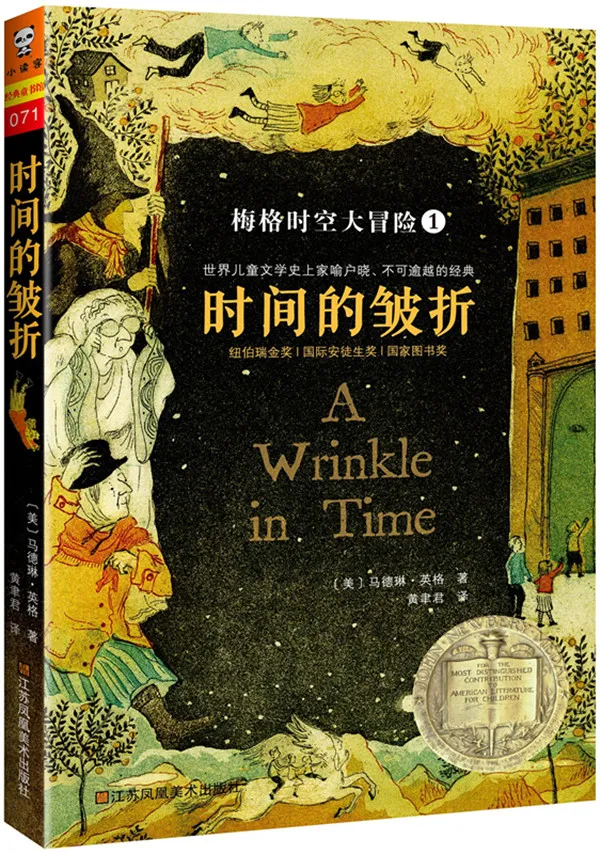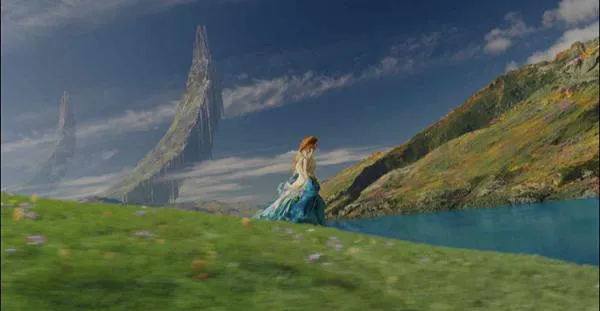A Wrinkle in Time: When Even Disney Stumbles
Disney’s new film, “A Wrinkle in Time,” serves as a stark reminder that even the most skilled can falter, and big names can produce underwhelming films. The movie feels awkward from start to finish. It’s like a poorly kneaded dough – perhaps “wrinkle” is indeed the best synonym here – mixing elements of cutesy charm, budding affection, sci-fi, adventure, and Disney’s signature family reunion, yet failing to execute any of them effectively. The result is a fragmented mess, with only the visually stunning scenery and bizarre costumes offering any real appeal.

Poster of “A Wrinkle in Time”
Familiar Territory, Disappointing Execution
Like many coming-of-age stories, “A Wrinkle in Time” features scientist parents, Meg and Charles, whose childhoods are overshadowed by their father’s unexplained disappearance. Meg faces ridicule from classmates, while the precocious Charles is labeled a “little freak” by his teachers. The narrative shifts when three mysterious women – Mrs. Whatsit, Mrs. Who, and Mrs. Which – appear, leading them, along with Meg’s classmate Calvin, on a quest to find their father, who vanished while attempting to “shake hands with the universe.” This sets the stage for a journey through the wrinkles of time, a cosmic adventure that ultimately falls flat.
Disney’s strength lies in crafting conflict that remains harmless. Their stories often surpass the simplistic good-versus-evil narratives of traditional fairy tales. They excel at weaving in touching details, designing clever obstacles, and orchestrating seemingly accidental yet ultimately necessary growth experiences, all anchored by the enduring power of family. However, this formula can become predictable and overly safe, with the so-called adventures feeling like mere extensions of a predetermined path. While this approach may resonate with younger audiences, it often lacks depth for more discerning viewers.

Oprah Winfrey as Mrs. Which
Where the Film Falters
Unfortunately, “A Wrinkle in Time” fails to meet even these modest expectations. The dialogue is weak and uninspired. During a moment when Meg and her companions must confront challenges alone, Mrs. Which, played by Oprah Winfrey, repeats the mantra, “Love is always there, even if you can’t feel it! It’s always there for you.” This sentiment, rather than being comforting, feels more tiresome than a parent’s nightly lullaby or morning wake-up call.
The pacing is sluggish. The reunion between Meg and her father drags on for an excruciating five minutes, filled with repetitive hugs, tearful greetings, and lingering close-ups, all accompanied by an overly dramatic musical score. Instead of feeling moved, the scene evokes a sense of weariness. “A Wrinkle in Time” lacks a compelling core – a distinctive journey of self-discovery or personal growth.

Based on the Novel by Madeleine L’Engle
Lost in Translation: From Novel to Screen
Adapted from Madeleine L’Engle’s 1962 novel of the same name, “A Wrinkle in Time” strips away the book’s strangeness, edginess, and eccentricity, replacing them with Disney’s predictable elements, tropes, and causal relationships. A bland, uninspired sentimentality permeates the entire film. Adding to the lack of originality, the film’s dark force is also called “IT,” a direct collision with Stephen King’s iconic horror novel and film. However, unlike King’s terrifying clown, this “IT” lacks a physical form, existing only as a nebulous entity that stirs up feelings of disappointment, jealousy, and bitterness.
A Visual Spectacle, But Little Substance
Ultimately, “A Wrinkle in Time” feels like a children’s picture book brought to life. The breathtaking landscapes, filmed in New Zealand, and the numerous slow-motion sequences are effectively rendered through CGI. Hollywood’s mastery in this area is undeniable. With its fairy-like creatures, soaring floral birds, and majestic ice mountains, the film creates a visually stunning fantasy world. However, this visual feast fails to engage the mind, leaving the viewer with a sense of emptiness. The most memorable aspects of the film are the visual presentations of the three mysterious women – their vibrant lip colors, extravagant eyebrow makeup, ever-changing hairstyles, and dramatically exaggerated gowns.

Visually Stunning, But Lacking Depth
Director Ava DuVernay, known for her previous successes (such as 2015’s “Selma,” which chronicled Martin Luther King Jr.'s 1965 Selma to Montgomery march), had her first opportunity to helm a “big-budget” production with “A Wrinkle in Time,” based on a well-established novel. While she aligns with and embraces Hollywood’s recent shift towards female representation, diversity, and political correctness, she fails to deliver on the fundamental aspects of filmmaking: compelling narrative, emotional resonance, and well-developed characters. In the end, “A Wrinkle in Time” is a visually stunning but ultimately hollow collection of images.